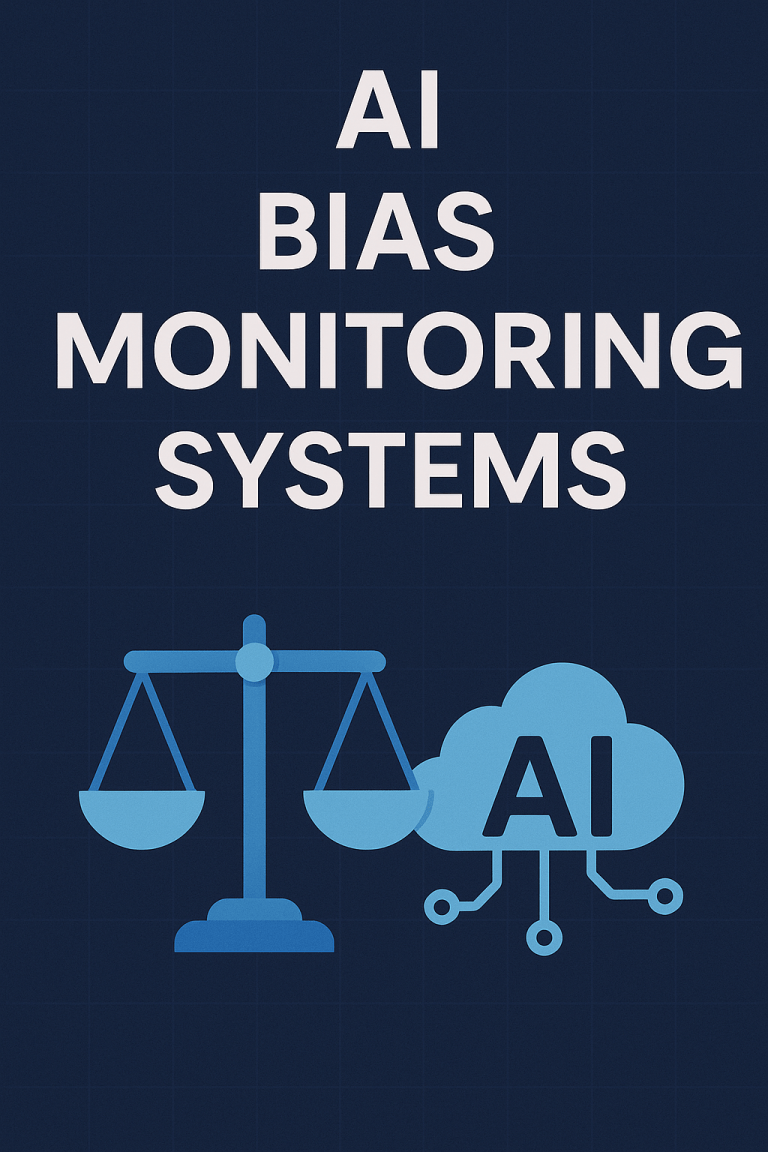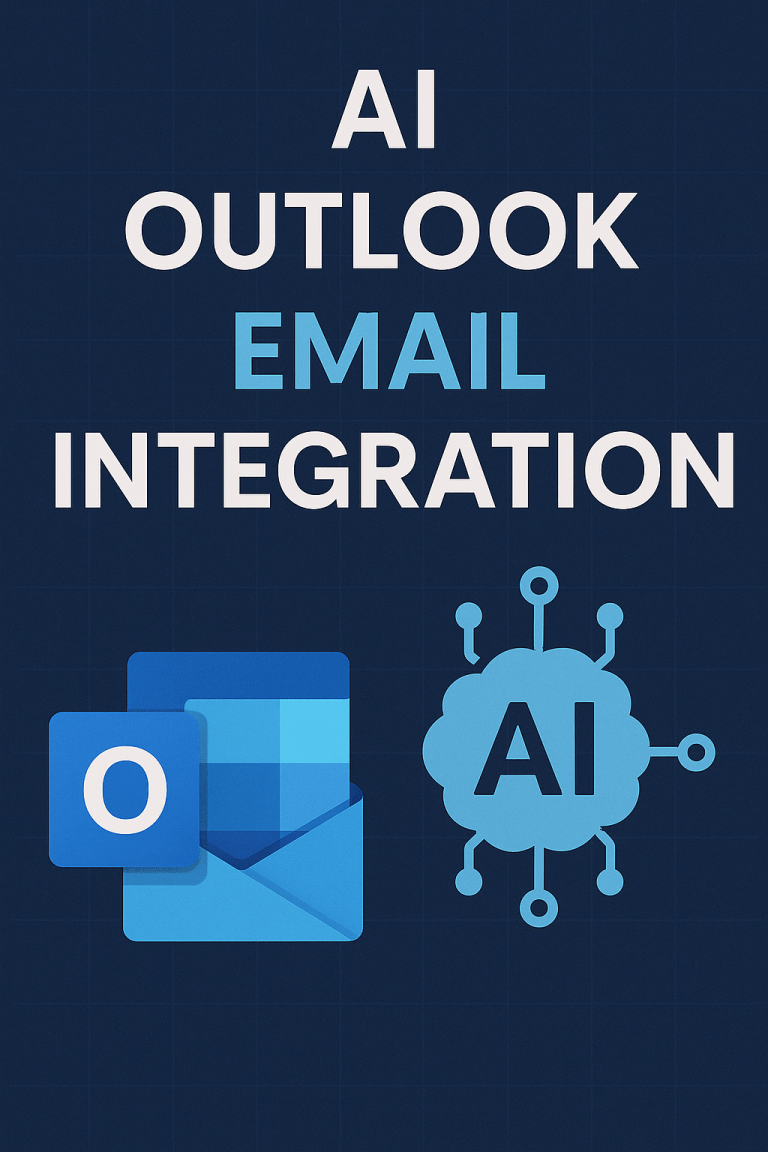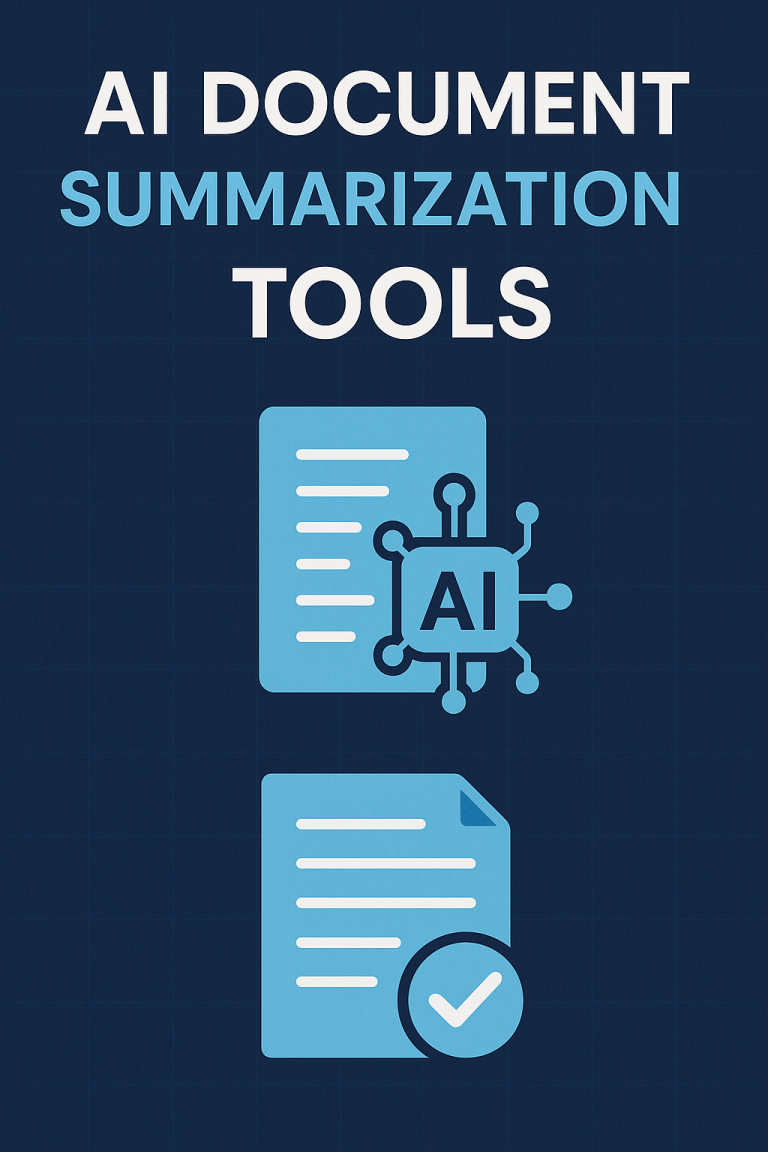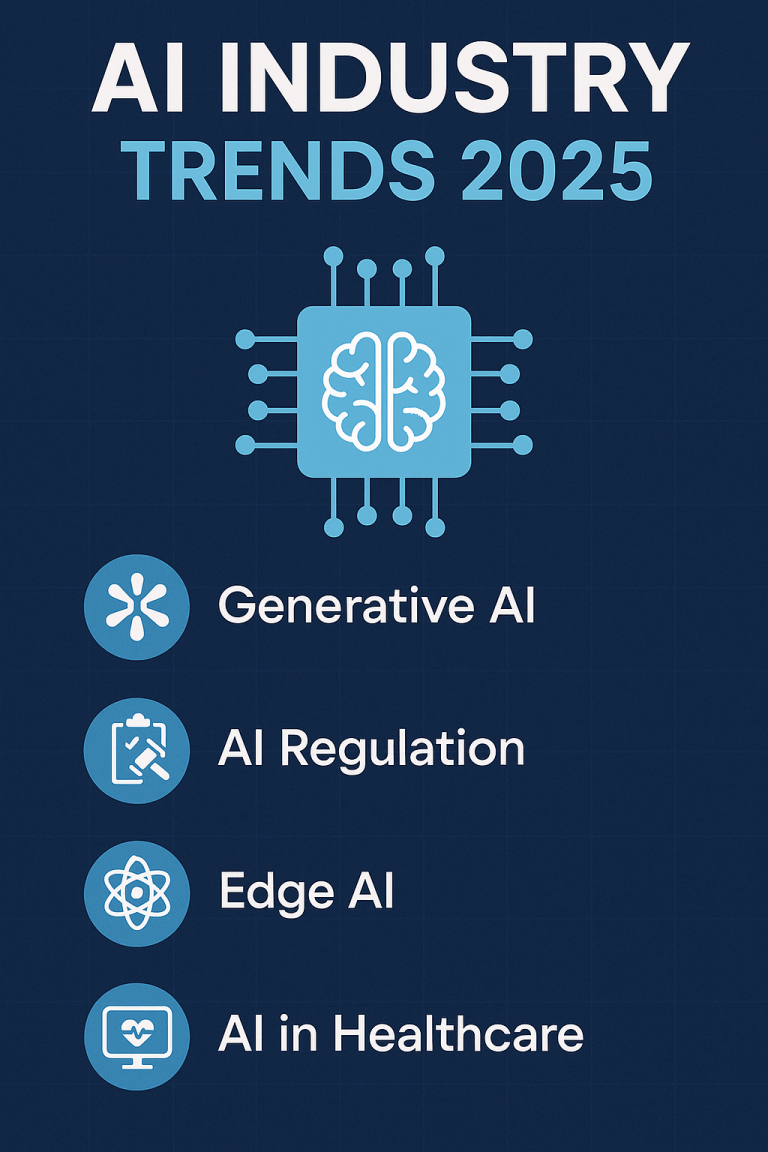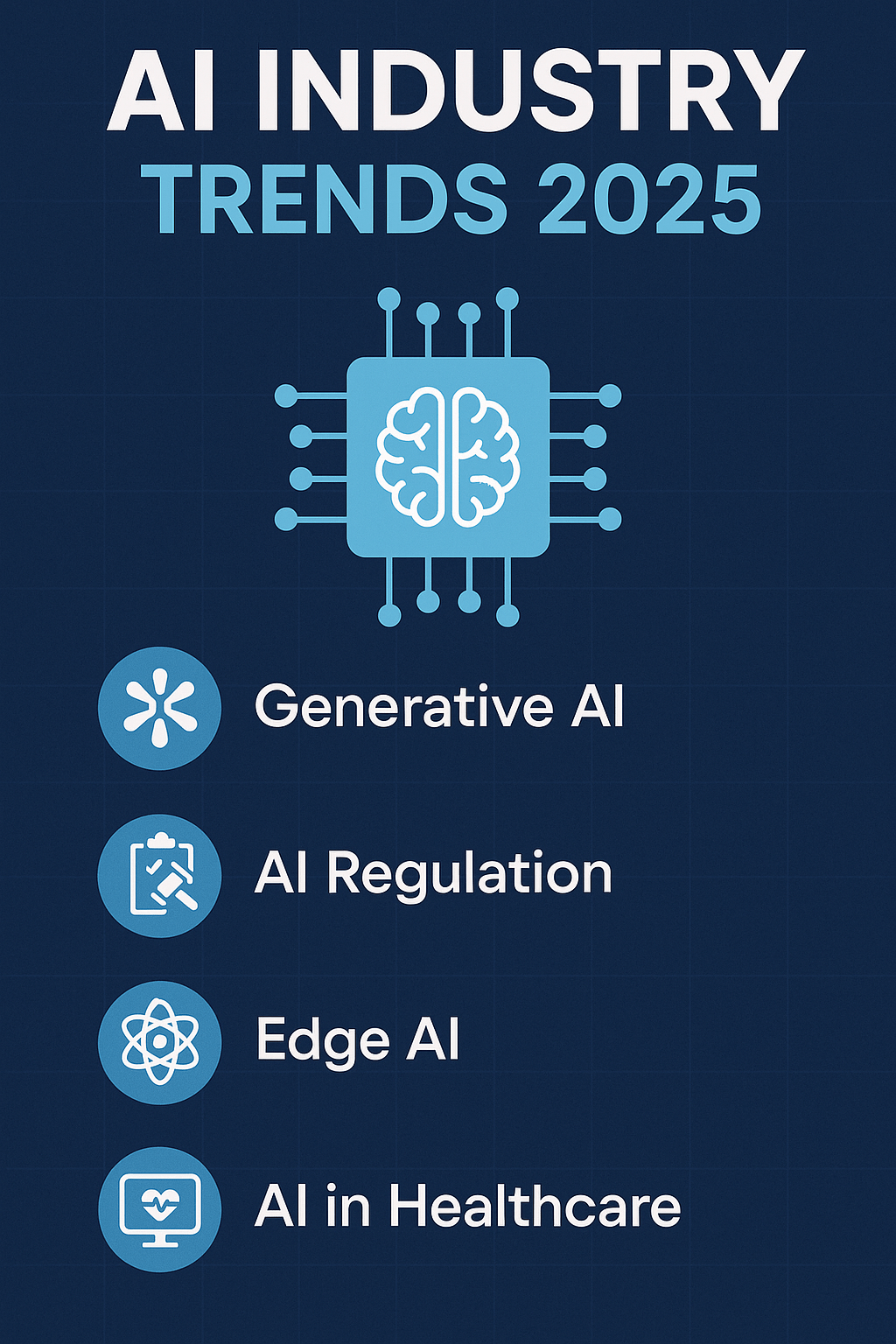
Want to know what’s shaping the AI landscape in 2025? Let’s jump right in.
AI continues to transform industries at an unprecedented pace. By 2025, we’re seeing fundamental shifts in how businesses implement AI solutions and how these technologies integrate into our daily lives.
What’s Driving AI in 2025?
The AI market is projected to reach $407 billion by the end of 2025, growing at 37% annually. This massive growth stems from several key developments:
1. Multimodal AI Takes Center Stage
Multimodal AI systems – those that process multiple types of data simultaneously – have become standard in 2025:
- Text + Vision + Audio Integration: Systems now interpret videos, documents, and spoken instructions in real-time
- Context-Aware Understanding: 94% of enterprise AI solutions now factor in situational context
- Improved Decision-Making: Multimodal systems deliver 72% greater accuracy compared to single-mode AI
These advancements have made AI systems far more capable of understanding the world as humans do.
2. Healthcare Transformation Through AI
Healthcare has seen some of the most significant AI integration:

The integration of AI with genomic data has opened new frontiers in personalized medicine, with targeted therapies showing 37% better efficacy.
3. Environmental AI Applications Surge
AI’s role in sustainability has expanded dramatically:
- Climate Modeling: High-precision forecasting that’s 40% more accurate than previous models
- Resource Optimization: Smart grids and industrial systems reducing energy use by 31%
- Biodiversity Monitoring: AI-powered conservation efforts tracking 1,000+ endangered species
- Carbon Capture Enhancement: AI-optimized systems improving efficiency by 28%
These applications demonstrate how AI helps address our most pressing environmental challenges.
4. AI Ethics and Regulation Mature
2025 has brought significant developments in AI governance:
- Global AI Ethics Framework: Implementation of the first internationally recognized standards
- Transparency Requirements: Mandatory disclosure of AI use in consumer applications
- Algorithmic Impact Assessments: Required for high-risk AI systems in 78% of developed nations
- Certification Programs: Third-party validation for ethical AI development
Organizations now face real consequences for irresponsible AI deployment, with fines reaching up to 6% of global revenue in some jurisdictions.
5. Edge AI Becomes Mainstream
Computing at the edge – processing data locally rather than in the cloud – has transformed AI implementation:
- Reduced Latency: Response times below 10ms for critical applications
- Enhanced Privacy: 87% reduction in personal data transmission
- Lower Bandwidth Requirements: 64% less data transferred to cloud servers
- Offline Capabilities: AI systems functioning without continuous internet connection
Industries from manufacturing to healthcare now rely on edge AI for time-sensitive and privacy-critical applications.
6. Industry-Specific AI Solutions Proliferate
Vertical-specific AI solutions have replaced generic tools:
- Financial Services: Fraud detection systems with 99.7% accuracy and real-time intervention
- Manufacturing: Predictive maintenance reducing downtime by 79%
- Retail: Inventory optimization systems cutting waste by 42%
- Agriculture: Precision farming techniques increasing yields by 31% while reducing resource usage
These specialized systems deliver superior results by addressing the unique challenges of each industry.
How AI Is Changing Business Operations
The implementation of these AI trends has fundamentally altered how businesses operate:
Productivity and Efficiency
AI automation has revolutionized productivity across sectors:
- Administrative Tasks: 73% reduction in time spent on routine paperwork
- Data Analysis: What once took weeks now happens in minutes
- Customer Service: AI handles 84% of routine inquiries
- Quality Control: 97% defect detection rate in manufacturing
These gains have allowed businesses to focus human talent on creative and strategic initiatives.
Workforce Transformation
The workforce has adapted to collaborate with AI systems:
- New Job Categories: Creation of 8.7 million AI-related positions globally
- Skills Shift: 67% of workers now require some AI literacy
- Human-AI Teams: 41% increase in productivity when humans and AI collaborate
- Training Focus: 89% of large organizations now offer AI upskilling programs
Rather than wholesale replacement, we’re seeing a reconfiguration of human roles alongside AI systems.
Business Models Disruption
AI has catalyzed new business approaches:
- Hyper-Personalization: Products and services tailored to individual preferences
- Outcome-Based Pricing: Payment based on AI-delivered results rather than products
- AI-as-a-Service: Specialized AI capabilities offered through subscription models
- Predictive Business Planning: Strategy development guided by AI forecasting
Organizations that have adopted these models report 42% higher profitability compared to traditional approaches.
Challenges on the Horizon
Despite impressive advances, significant challenges remain:
Technical Barriers
- Algorithm bias still affects 61% of systems without proper mitigation
- Integration with legacy systems remains difficult for 78% of organizations
- Explainability issues persist, particularly in complex decision-making
Implementation Costs
- Initial AI deployment still requires substantial investment
- Ongoing maintenance and improvement costs are often underestimated
- ROI timeframes vary widely across applications and industries
Regulatory Compliance
- Meeting varied global requirements creates compliance challenges
- Documentation and transparency standards continue to evolve
- Data sovereignty rules complicate international AI deployments
Recommendations for Organizations
To capitalize on 2025’s AI trends, organizations should:
- Develop an AI Strategy: Create a roadmap that aligns AI initiatives with business goals
- Invest in Data Infrastructure: Ensure high-quality, accessible data to power AI systems
- Build Internal Capabilities: Develop AI literacy throughout the organization
- Start Small, Scale Fast: Begin with focused projects that deliver quick wins
- Prioritize Ethics: Implement governance frameworks for responsible AI deployment
Final Thoughts
The AI landscape of 2025 shows how rapidly this technology continues to advance. Organizations that adapt quickly stand to gain significant competitive advantages, while those that lag risk being left behind.
The key takeaway? AI is no longer just a technological consideration but a fundamental business imperative that touches every aspect of operation and strategy.
What AI trends are you most excited about implementing in your organization? The future is here – and it’s powered by artificial intelligence.
Unlock your AI Edge — Free Content Creation Checklist
Get the exact AI-powered process to 10X your content output — blogs, emails, videos, and more — in half the time.
No fluff. No spam. Just real results with AI.

